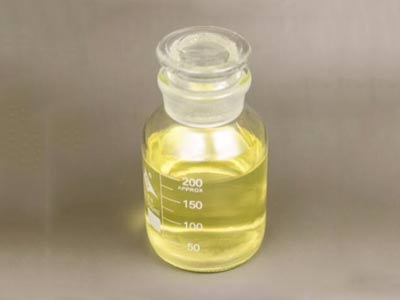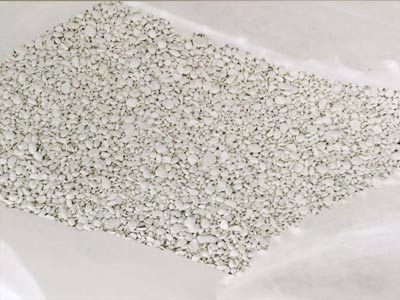It is certain that adding Chlorine will affect the pH of your pool. But whether the pH level increases or decreases depends on whether the Chlorine Disinfectant added to the pool is alkaline or acidic. For more information on chlorine disinfectants and their relationship to pH, read on.
Importance of Chlorine Disinfection
Chlorine is the most widely used chemical for swimming pool disinfection. It is unmatched in its effectiveness at killing harmful bacteria, viruses, and algae, making it a critical factor in maintaining pool hygiene. Chlorine comes in different forms, such as sodium hypochlorite (liquid), calcium hypochlorite (solid), and dichlor (powder). Regardless of the form used, when chlorine is added to pool water, it reacts to form hypochlorous acid (HOCl), an active disinfectant that neutralizes pathogens.

Does adding chlorine lower pH?
1. Sodium hypochlorite: This form of chlorine, usually comes in liquid form, commonly known as bleach or liquid chlorine. With a pH of 13, it is alkaline. It requires the addition of acid to keep the pool water neutral.


2. Calcium hypochlorite: Usually comes in granules or tablets. Often referred to as "calcium hypochlorite", it also has a high pH. Its addition can initially raise the pH of the pool, although the effect is not as dramatic as sodium hypochlorite.
3. Trichlor and Dichlor: These are acidic (TCCA has a pH of 2.7-3.3, SDIC has a pH of 5.5-7.0) and are usually used in tablet or granule form. Adding trichlor or dichlor to a pool will lower the pH, so this type of chlorine disinfectant is more likely to lower the overall pH. This effect needs to be monitored to prevent the pool water from becoming too acidic.
The role of pH in pool disinfection
pH is a key factor in the effectiveness of chlorine as a disinfectant. The ideal pH range for swimming pools is usually between 7.2 - 7.8. This range ensures that the chlorine is effective while being comfortable for swimmers. At pH levels below 7.2, chlorine becomes overactive and can irritate swimmers' eyes and skin. Conversely, at pH levels above 7.8, chlorine loses its effectiveness, making the pool susceptible to bacterial and algae growth.
Adding chlorine affects pH, and keeping pH within the ideal range requires careful monitoring. Whether chlorine raises or lowers pH, adding a pH adjuster is essential to maintain balance.
What pH adjusters do
pH adjusters, or pH balancing chemicals, are used to adjust the pH of water to the desired level. There are two main types of pH adjusters used in swimming pools:
1. pH Increasers (Bases): Sodium carbonate (soda ash) is a commonly used pH increaser. When pH is below the recommended level, it is added to raise the pH and restore balance.
2. pH Reducers (Acids): Sodium bisulfate is a commonly used pH reducer. When pH is too high, these chemicals are added to lower it to the optimal range.
In pools that use acidic chlorine, such as trichlor or dichlor, a pH increaser is often required to counteract the lowering effect of pH. In pools that use sodium or calcium hypochlorite, if the pH is too high after chlorination, a pH reducer may be required to lower the pH. Of course, the final calculation of whether or not to use, and how much to use, must be based on the specific data at hand.
Adding chlorine to a pool affects its pH, depending on the type of chlorine used. Chlorine Disinfectants that are more acidic, such as trichlor, tend to lower pH, while more alkaline chlorine disinfectants, such as sodium hypochlorite, raise pH. Proper pool maintenance requires not only regular additions of chlorine for disinfection, but also careful monitoring and adjustment of pH using a pH adjuster. The right balance of pH ensures that the disinfecting power of chlorine is maximized without affecting swimmer comfort. By balancing the two, pool owners can maintain a clean, safe, and comfortable swimming environment.
Post time: Sep-05-2024

